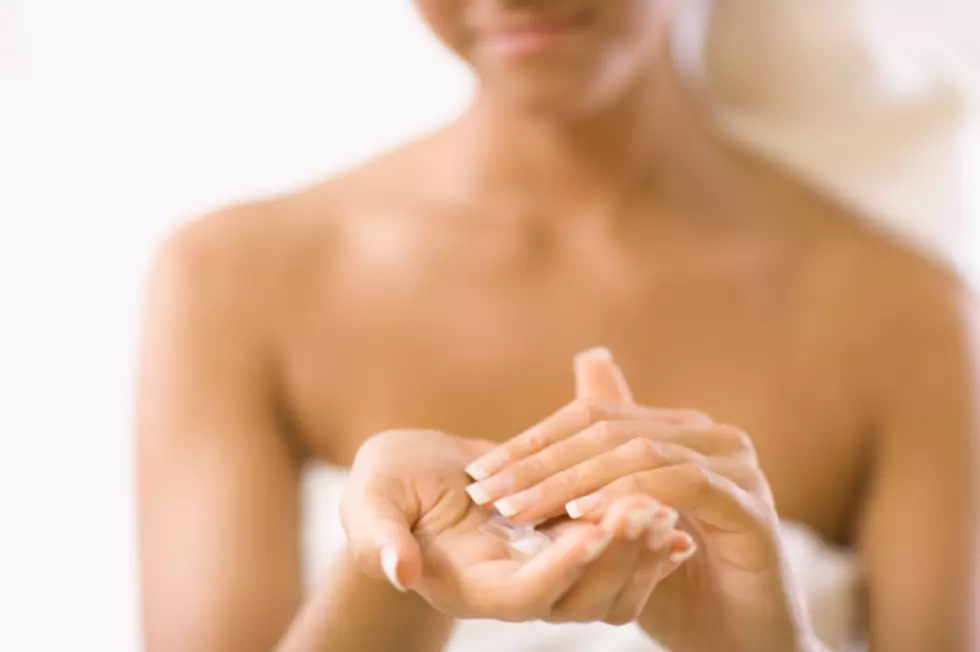Suffering From The Winter Blues? [AUDIO]
Days are getting shorter, nights are longer and the temperatures are dropping. It's a typical winter weather pattern, but for many, it brings on feelings of moodiness and mild depression known as seasonal affective disorder, which is a mood disorder in which people who have normal mental health throughout most of the year experience depressive symptoms in the winter or summer, spring or autumn year after year.
"For those who suffer with season affective disorder during the winter months, they may find that they cope with it better when they add a little more light to their day with fluorescent lights. That can help offset the impact of the shorter days and the increased darkness. The lights have proven effective in lightening mood. Exercise may help as well," said Shauna Moses, associate executive director of the New Jersey Association of Mental Health and Addiction Agencies.
"For others, it might be more serious. If that's the case, they may want to get help to make it through the season," said Moses. "If the light and exercise aren't working, there are behavioral health care providers everywhere who can help with psychotherapy or talk therapy. If it is an ongoing issue or if it lasts longer, we definitely recommend getting help because it may be more than just seasonal depression. It could be clinical depression or could lead to that. If you get help early, you can get it under control."
Seasonal affective disorder is now recognized as a common disorder. It's prevalence in the United States ranges from 1.4 percent in states like Florida to 9.7 percent further north in New Hampshire.
More From Lite 96.9 WFPG










